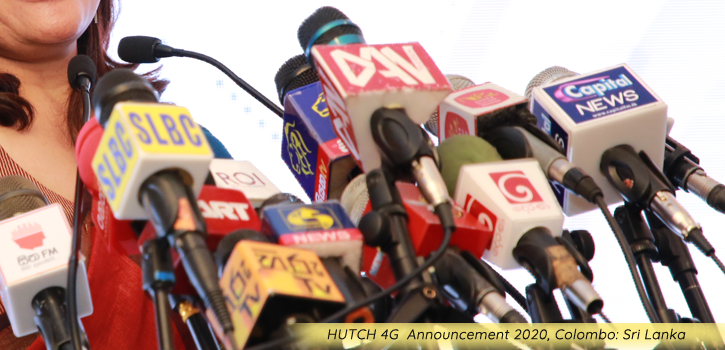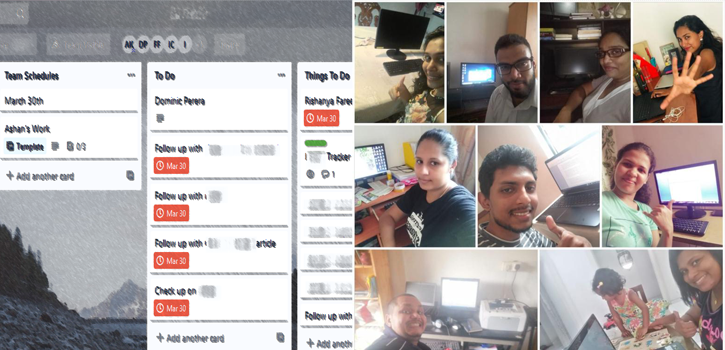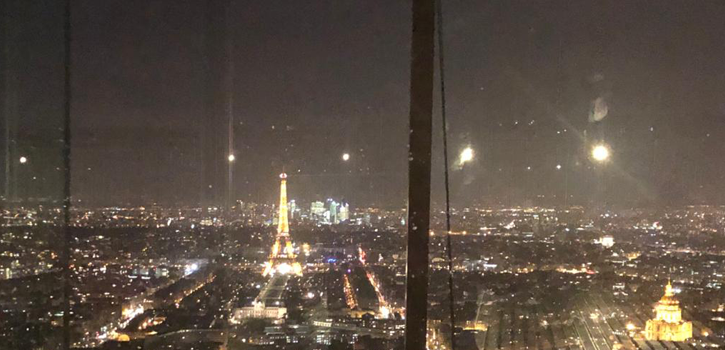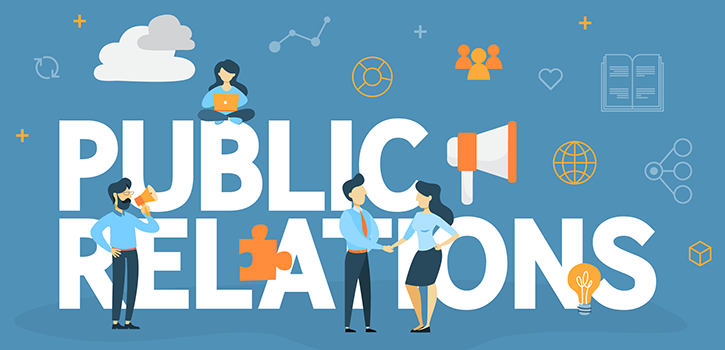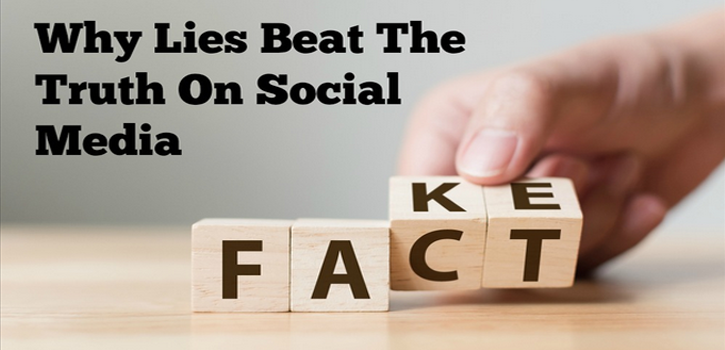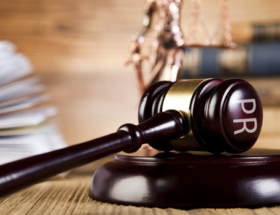
By Shonel Perera
The ongoing pandemic has had a deep impact on the perspectives, the way we look and see the world in our daily lives. Not only is the rate of increase in victims/patients and the transmission patterns threatening humanity but it is also testing our methods in which we incorporate safety procedures into our lifestyles. Within the context of social and physical distancing, physical threat and global panic as well, what has been and can be the role of the different mass media in the lives of people?
It is no secret that “Mass Media” has been recognized as global force
which shapes and creates perspectives in the world and in ourselves. So, are
media platforms able to present a sense of unity in reaching large audiences or
are these messages and interpretations just lost in a cloud of other
communications? And does social media provide solace or grounds for
misinformation and discrimination? Can we incorporate and use media
technologies to increase the use of safety measures as suggested by national
health organizations and global health organizations to combat the spread of
COVID-19?
A mandatory “first step” for Media professionals who bring out new information to the public on the pandemic is to identify the role they are going to be playing for the duration of the disease.
The outbreak has definitely brought out the best and worst of free media in Sri Lanka. Some media institutions have been able to provide accurate information consistently and in a transparent manner while others have not and have also mildly resorted to borderline racist remarks.
Should the media hold the government accountable at all times for any social crisis that stems during the lockdown period? Or should they adopt “public service journalism” in eliminating social anxiety and provide scientific and health education to the public? With a few exceptions, most of Sri Lankan media has so far been providing useful and accurate information on the outbreak and useful tips for those quarantined.
Social media is one of the best ways to share news nowadays (it may be the only way for some people), especially if you are trying to alert people of something serious in a very, very quick manner. Whether it be COVID-19 news from individual states or news on a national scope, social media gets the message where it needs to go. Social media also has educated us about the symptoms of COVID-19–in turn, perhaps saving lives. Number of professional athletes, celebrities, and influencers have spoken up as well urging people to take everything they see about COVID-19 seriously and follow suit.
Unfortunately and in many instances, social media can do just as much bad as it can do good. Social media is great for spreading information and news, but some of that can be misinformation or “fake news.” Misinformation, especially about COVID-19, can cause panic. Social media is also where an increasing numbers of Sri Lankans get their information from, often complicating the process of carrying out credible news information.
While social media is an outstanding tool which has undeniably made life much easier than ever before, it is not as regulated as a media institution and has often misinterpreted public understanding of COVID-19 by feeding users unrealistic views of the disease creating confusion. The outbreak coupled with widespread misinformation has been an abomination for many and has also created widespread anxiety.
Journalists and media organizations are also required to be an informed mind. As an organization carrying out information which can make or break the public, media personnel should educated themselves in science and health literacy (as able to), along with proper media literacy. The only thing worse than the virus itself is misinformation that presents a risk to public health. Journalists, talk show hosts and non-scientific pundits in the media sometimes find it difficult to distinguish the difference between the terms epidemic and a pandemic as well.
Public service journalism is also crucial during a global crisis. Playing the political blame game or passing the ball does not only make the issue worse it also injects disdain for public officials especially those in the health sector who are very much the heroes we require during these times. A good media institution will seize control and cultivate a strong narrative within the electronic news and social media sphere.
While providing the public with necessary information the news media organizations need to adhere to the fact that the outbreak is in fact a global pandemic and is causing mass hysteria among the public. Media institutions, in a certain way, are in fact national and global leaders during this crisis. The information they provide or present to the public alters the mindsets of millions and conveys a domino effect. If the public is presented with viable information which does not cause nationwide panic, the process of suppressing and eliminating the virus becomes much easier for government officials, health officials and officers of the law.
The unspoken truth is that media has played a massive role in the game of eliminating the virus for good.

